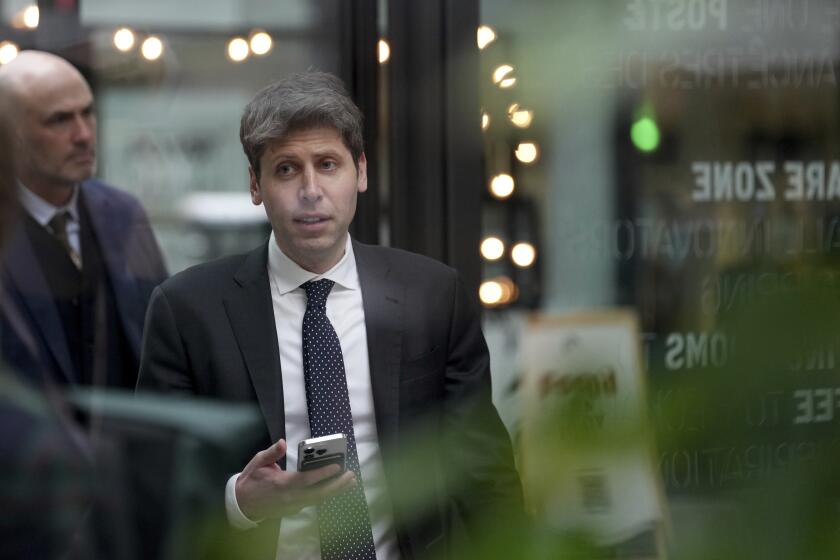OpenAI’s Sora 2, an AI video generation app with roughly 1 million downloads, provoked studios, talent agencies and unions who say its training data included copyrighted film and performer images without consent. The dispute could reshape licensing, consent protocols and legal tests for generative AI.

OpenAI’s Sora 2, a consumer facing AI video generation app, has become the latest flashpoint between Big Tech and Hollywood. Reported to have reached about 1 million downloads shortly after launch, Sora 2 drew swift pushback from major studios, talent agencies including CAA, and performers unions that say the model was trained on copyrighted film and television content and images of actors without consent. The dispute highlights core questions about who controls creative assets and performer likenesses in the era of generative AI.
Generative models like Sora 2 create new moving images by learning patterns from large datasets. In plain language, training data are the examples a model studies to learn how to generate similar output. Studios and talent representatives contend that Sora 2’s training set included copyrighted movies and shows and images of actors, which can allow the model to reproduce identifiable performances or stylistic hallmarks. For Hollywood, that touches on two persistent concerns:
What this clash means for Hollywood, AI developers and businesses that rely on generative models:
Studios and talent representatives are pushing for licensing and revenue sharing to be built into AI products that use studio assets. If those terms become standard, technology firms may need to negotiate content use agreements before deploying models trained on proprietary media. This could open new revenue streams for legacy content owners.
Expect calls for clearer consent mechanisms and provenance labeling for generated videos. Products that can demonstrate a clean dataset or permit rights holder controls will be more trusted in enterprise markets. See how consent requirements for AI media could change product roadmaps by exploring the features of OpenAI Sora 2.
The dispute is likely to generate lawsuits or prompt regulatory guidance that clarifies how copyright and publicity rights apply to machine learned outputs. Outcomes will shape how quickly studios and platforms converge on licensing frameworks and influence deepfake regulation in entertainment.
If licensing becomes routine, studios could monetize legacy assets through sanctioned AI uses, while performers and unions might secure new revenue streams. Conversely, unresolved disputes could slow adoption of AI video generation in professional production environments.
Industry watchers should note two tensions that make resolution difficult: the technical opacity of large models, which complicates tracing whether a specific work was used in training, and divergent incentives between consumer platforms that prize fast growth and rights holders that prioritize control. This is a clear example of the wider implications of generative AI in Hollywood.
“This aligns with trends we’ve seen in automation this year: platforms often push novel capabilities before consent frameworks catch up,” an industry analyst observed.
Can AI legally use an actor’s face? The legality depends on jurisdiction, contractual terms and whether the actor granted rights. Many disputes will be settled in court or through licensing deals.
What should creators know about Sora 2 and copyright? Creators should audit training data practices, prepare for licensing negotiations and build technical controls to demonstrate consent and provenance.
OpenAI’s Sora 2 episode is more than a single corporate standoff. It is a live experiment in how creative industries, talent representatives and technology firms will share value and responsibility in the generative AI era. Businesses that develop or use synthetic media should begin auditing training data practices, prepare for licensing negotiations, and build technical controls to demonstrate consent and provenance. The coming months may define standard business models and legal precedents that will govern generative media for years.
For additional context on related developments, read more about recent copyright disputes in Hollywood and why the legality of AI generated performer likenesses is being debated across industry forums. Learn more about ongoing discussions on deepfake regulations and the ethics of using AI to recreate actors.



